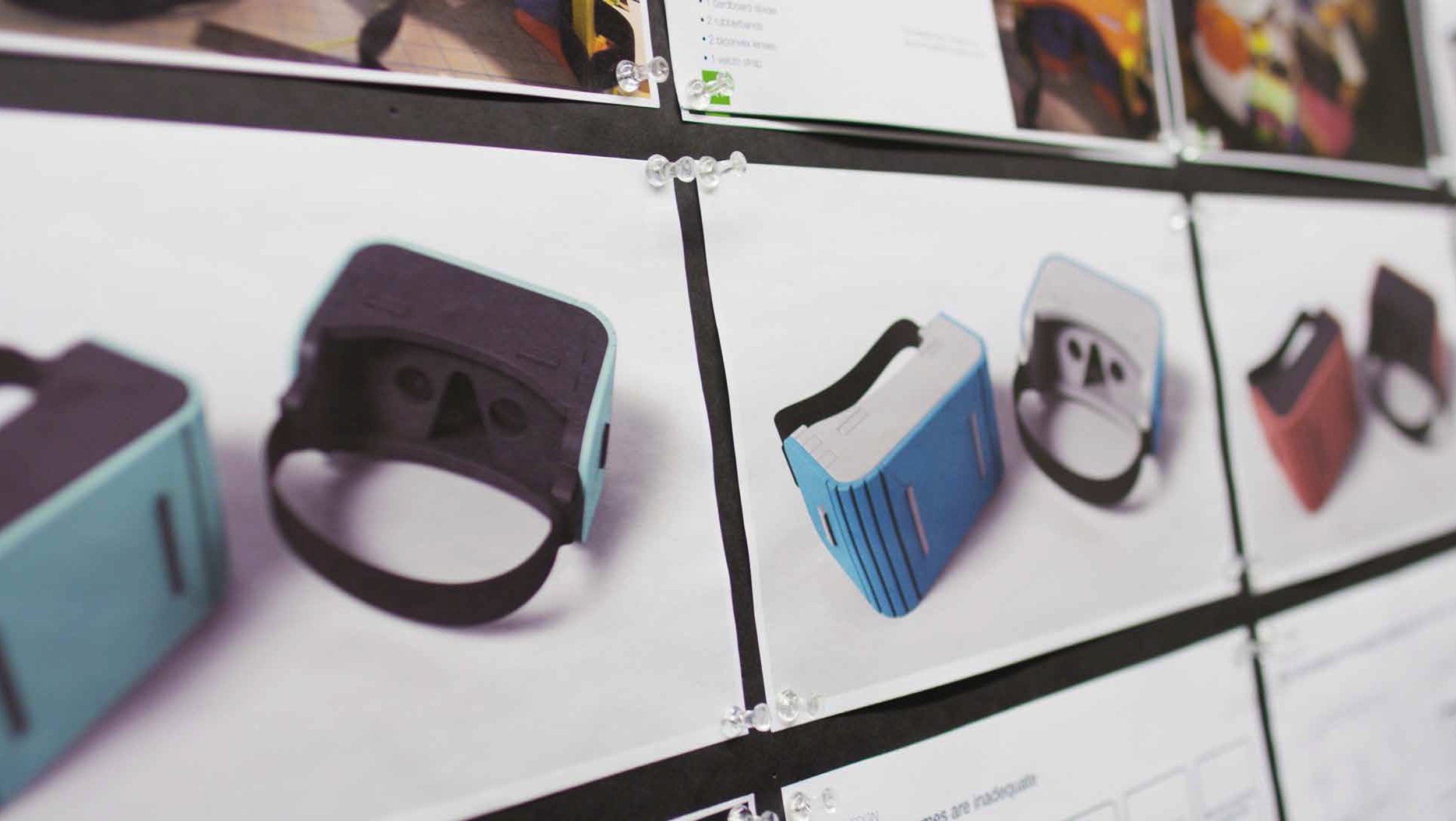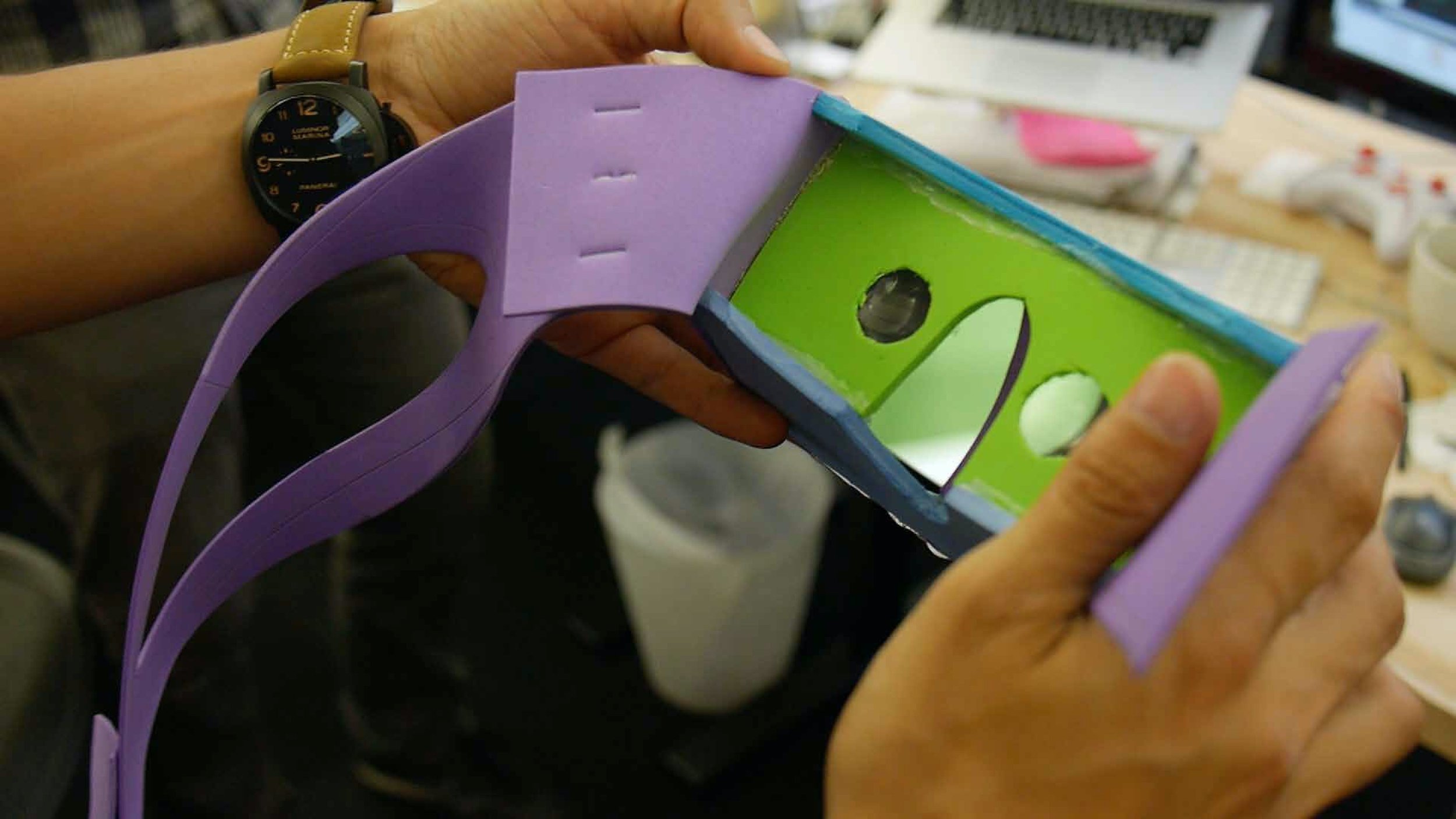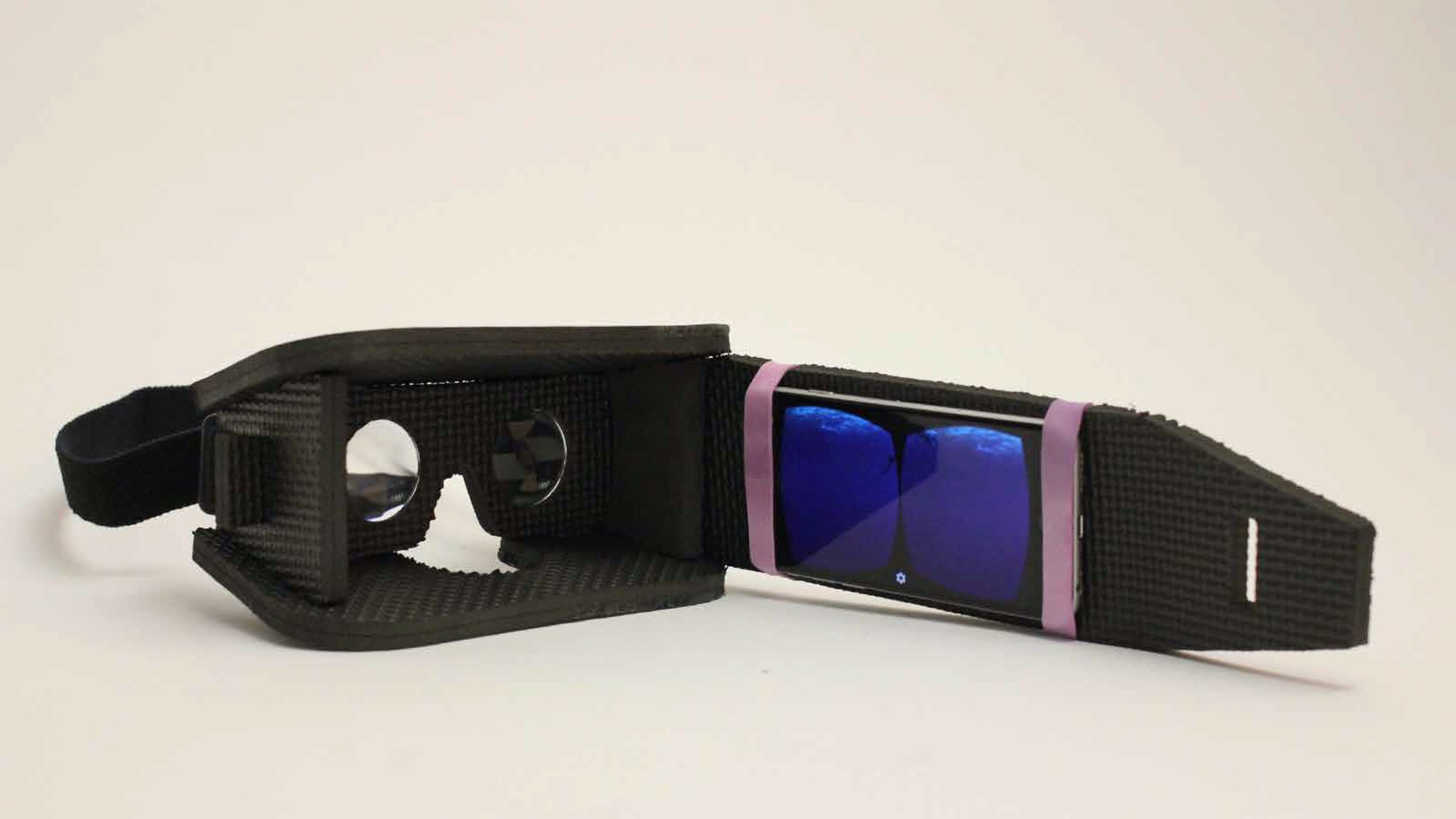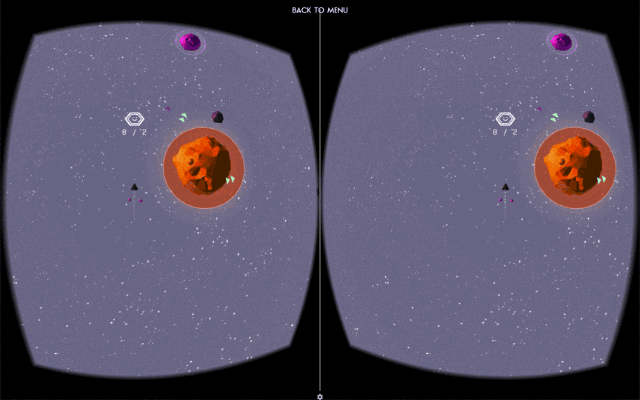
Better Control for the Worst Pain
For the 500,000 Americans who suffer burns each year, the weeks- or months-long wound care and recovery process can be as excruciating as the initial injury. Each treatment takes several hours, sometimes twice daily, and involves painful scrubbing and dressing of each wound, while patients are immersed in water.
Opioids, long healthcare’s pain management mainstays, not only have dangerous short- and long-term risks, but also have been shown to provide insufficient relief, with 86% of patients in one study reporting “severe to excruciating pain during wound care,” even with standard opioid use.
Virtual reality had been proven in that study and others to reduce pain by 50%, but a solution that hospitals would really use would need to be:
Inexpensive to manufacture, <$30
Easy to assemble from flat-packed pieces, for efficient distribution
Easy to operate, durable, and water-resistant
Comfortable to wear lying down, for several hours at a time
Compatible with any mobile device
Made from eco-friendly materials
Above all, the headset had to provide an experience that better relieved patients’ pain—ideally much better.
THE RIGHT RAW MATERIALS
During our research conversations and treatment observations with physicians, nurses, and patients at Stanford, we soon recognized that in-market VR headsets fell short. Oculus was too expensive. Google Cardboard was affordable but didn’t offer the comfort, durability, and water resistance required. Plastic headsets, while less pricey, were bulky and had hard-to-reach chambers, making sterilization near-impossible.
And while promising VR solutions existed, they were bulky and elaborate, consisting of massive tubes and platforms, and cost several thousand dollars apiece.
We couldn’t move forward until we figured out what to make our headset from.
Prototyping quickly led us to the ideal material: kids’ playroom foam. It’s lightweight, waterproof, washable, inexpensive, and easily made. And its varying densities made it versatile enough for us to fine-tune the fit.
Then, most important, we had to ensure the headset would really work for a patient lying down in a bathtub. After extensive testing with subjects on a couch, we developed prototypes nurses could use with real patients, to further refine our design. Then we handed our final concept to the industrial design and game design teams, who brought the full experience to life.
VR CARE IS HEALTHCARE
Our styrofoam flat-pack headset uses mortise-and-tenon joints, so it’s easy for patients and nurses to assemble: like a jigsaw puzzle, no tools required.
It’s lightweight, easy to clean, and withstands wet conditions.
It works with a variety of mobile phones, any of which can be held to the headset with 2 thick and easily adjustable rubber bands.
And the open-source games designed by the frog team are engaging for people of any age and are controlled through simple head motions, meaning even patients with hand or arm burns could play them.
Most important, each headset costs under $1 to manufacture—97% less than our $30 goal—meaning hospitals are more likely to adopt them.
-
Per-device cost 97% less than target, so each patient can have their own headset, reducing infection risk
Lightweight, durable, water-resistant, and wearable for several hours without discomfort
Easily assembled and operated, compatible with any mobile device
Eco-friendly, made from sustainably-produced foam










